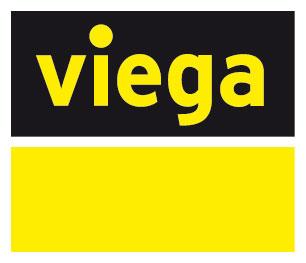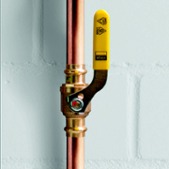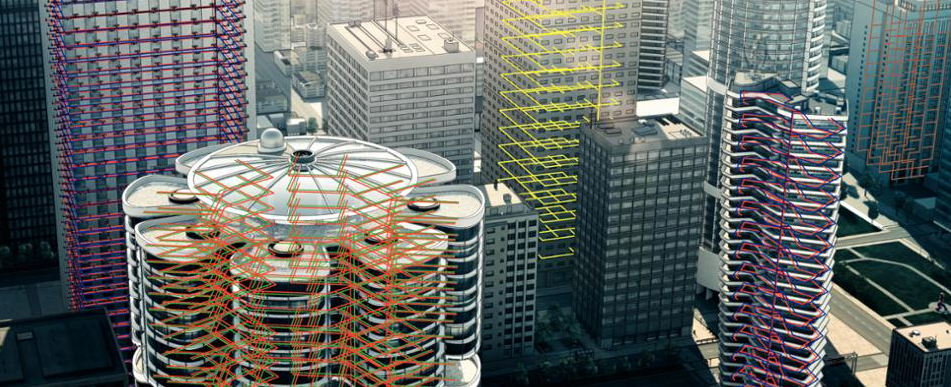Forced air may be the traditional route for heating homes, but radiant heat has gained significant momentum as an alternative in recent years. In one example publicized by HGTV, the growth rate of in-floor radiant heating systems was estimated to be between 30 to 50 percent per year.
At the heart of this shift is not just one single benefit. It’s a variety of advantages that radiant floor heating systems bring to the table, the combination of which enhance the daily lives of a home’s occupants.
What Makes Radiant Floor Heating Systems Stand Out
Even Heat Distribution
When a house is heated by a forced-air system, it will always be warmest by the vents that distribute the air. While this can lead to so-called “hotspots” on one end of a room, the other side of the room is likely to feel cool. And because hot air rises, upstairs rooms will reap more benefits of the heat while downstairs rooms will remain significantly cooler.
With radiant floor heating systems, homeowners can regain control of how heat circulates in their home. Rather than heating the surrounding air, the heat that radiates from the floor warms other objects in the room and is evenly distributed without the potential for heat loss.
Improved Air Quality
While air pollution is often attributed to the outdoors, the air in homes is no stranger to this issue. Whether it’s dust, pet dander or chemicals from fragrances (among other sources) that pollute the air, forced-air systems only exacerbate the problem for allergy sufferers. That’s because the heated air pushed out to warm homes will stir up and mix with these airborne particles.
Since radiant floor heating systems don’t need to move air to deliver heat, the disruption to indoor particles is minimized. With less pollutants blown around, the health of the indoor air quality improves and occupants with allergies achieve greater relief.
No Need for Ductwork
The ductwork that fuels the operation of forced-air systems can also contribute to further air pollution. When riddled with cracks and holes, more dust and odors are able to seep into the ductwork and the living space where the air travels. Without proper insulation, these same cracks and holes can cause air to leak out of the system and hinder its overall efficiency.
As a ductless alternative, radiant floor heating systems reduce the churn of dust and allergens while curtailing heat loss. The removal of ducts also creates less work for homeowners as it eliminates the need for various repairs like cleaning out ducts clogged with particles or adding insulation when heat loss mounts.
Energy Savings
With their uneven distribution of heat and potential for heat loss, traditional heating systems are bound to take a greater toll on the energy a home consumes. After all, homeowners will need to adjust their thermostats to restore thermal comfort when these problems do occur. Aside from the negative impact this has on the environment, monthly utility bills will see a spike as well.
Depending on how well a house is insulated, radiant floor systems can save up to 30 percent compared to forced-air systems. In terms of bills, the impact is quite significant as space heating is the largest energy expense for the average U.S. home, accounting for around 45 percent of energy bills.
Noiseless Operation
Homes are designed to be a quiet sanctuary for occupants. But with forced-air systems, establishing a place for relaxation is easier said than done. Gaps in the ducts can cause furnaces to emit whistling noises while loose pieces of equipment can cause rattling vibrations.
Radiant floor heating systems offer the benefit of exceptionally quiet operation. The only noise this type of system emits is from a heat source located either in a utility room or outside, making its effects minimal and far less invasive.
See Examples of Viega Radiant Technology in Action
Have residential projects that could benefit from the use of radiant floor systems? We’d love to share some examples of how Viega technology can help streamline the installation process and expand your market presence. Browse our project profiles to learn more.









